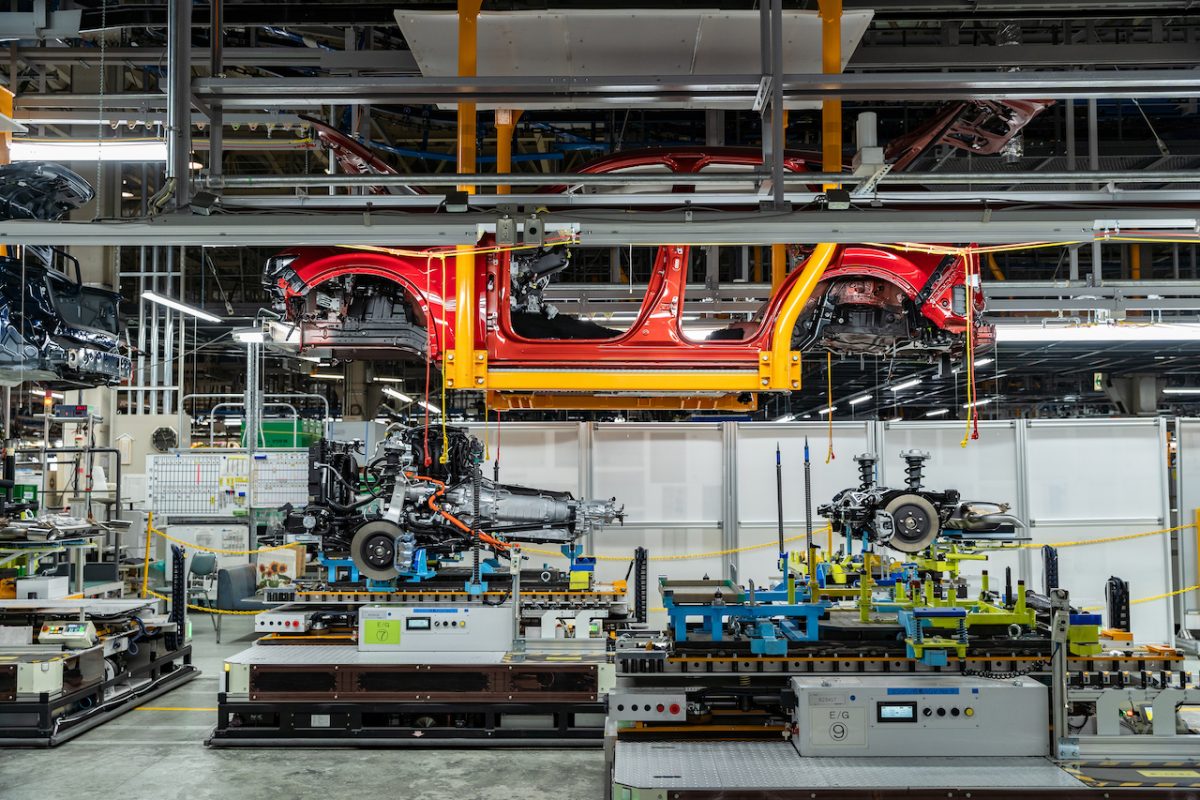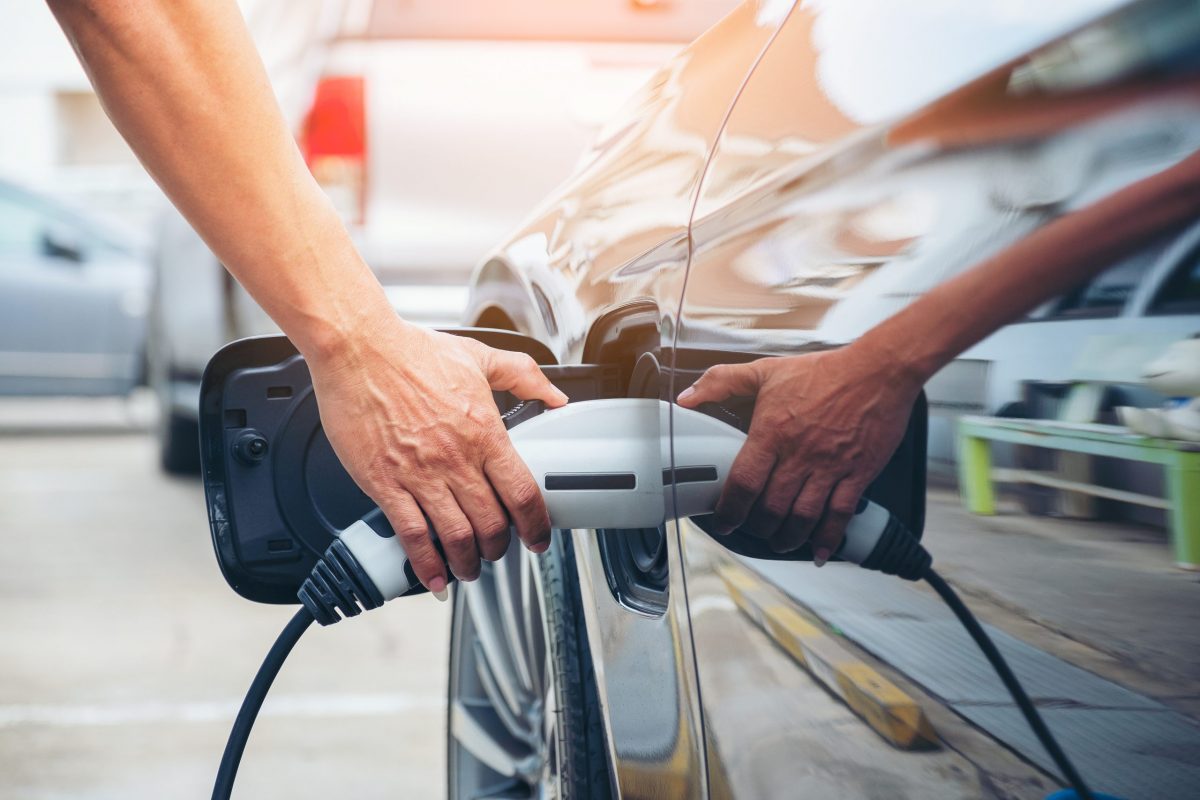The US electric vehicle (EV) market was valued at US$17.54bn in 2021. Maximise Market Research estimates that total revenue could grow at a CAGR of 37.1% from 2022 to 2029, reaching a value of US$219 bn by 2029. “Competition and technology are driving industry transformation in the US market,” says Seraph’s President, Thomas Kowal. Seraph is a global enterprise consulting firm with on-site industry experience in the automotive, private equity, defense, energy infrastructure, and engineering sectors.
“The transition to EVs creates a portfolio-planning challenge and brings more complexity for OEMs,” he says. The Biden Administration has put forward the aspiration that approximately 35% of vehicle production in the US will be EVs by 2030. Kowal believes that its success will depend on “operational planning and workforce preparation for an increasingly automated future.”
Supply chain shortages and battery material scarcity
The road ahead for developing EVs is not straightforward. Factories in the US produced 7.4 million cars and trucks in the first half of 2022, but only 323,000 of them were electric, according to Bloomberg. “There are many challenging obstacles facing the future of EVs. They can be summed up in five key areas: customer acceptance; charging infrastructure; chip shortages; battery shortages; and reliance on rare earth materials such as lithium, tin, graphite and nickel,” says Kowal.
35% of the vehicles will be an EV in seven to eight years, which will cause even more pressure for OEMs and suppliers to be able to meet this requirement
With EVs, the high cost of battery components and other materials makes producing a profitable but affordable vehicle challenging. Furthermore, according to project management software provider Production Net, suppliers are now 30% less efficient compared to pre-pandemic levels.
The COVID-19 pandemic spurred a semiconductor chip crisis, which subsequently caused significant price hikes and major supply chain disruptions across the automotive industry. According to market research firm AlixPartners, the shortages inflicted roughly US$210bn of lost revenue for global automotive players in 2021. Similarly, AutoForecast Solutions estimated that the world lost 11.3 million units of chip production in 2021.
Supplier planning
Moving forward, experts must improve production and supply chain planning and training. However, “suppliers will only be able to invest in this support if OEMs keep them profitable and allow for inflationary price increases,” Kowal tells Automotive World. In other words, when the current semiconductor shortage ends, suppliers’ situations will only worsen—a problem that Kowal considers self-induced by not investing in US-based production.

With so many suppliers facing a crisis, Kowal suggests that automakers may shrink their supply base by exclusively working with larger, more stable Tier 1 suppliers. He likens the situation to 2008/2009’s aftermath: “Today’s Tier 1 suppliers are receiving additional demand, which will become a work overload for them. The difference with this current crisis compared to others is that 35% of the vehicles will be an EV in seven to eight years, which will cause even more pressure for OEMs and suppliers to be able to meet this requirement.”
Could the CHIPS Act be a way out?
These shortages and production issues have highlighted how much the US relies on overseas production. This, in part, has led to the CHIPS and Science Act, which passed on 9 August 2022. The CHIPS Act provides roughly US$280bn in new funding to boost domestic research and manufacturing of semiconductors in the US. It promises to lower costs, create jobs, strengthen supply chains, and counter China by increasing semiconductor chip production across the US.
“The CHIPS Act supports the automotive industry and is essential to build a resilient supply chain for semiconductors. However, the main reason is to have a backup solution in case Taiwan is attacked, and China stops shipping semiconductors to the US,” says Kowal. According to figures released by the White House, 75% of the world’s chip manufacturing occurs in East Asia. “The CHIPS Act follows what most businesses use as ‘Local for Local’ purchasing strategies. Regardless of whether it’s semiconductors, batteries or other components, companies’ purchasing strategies should include a backup solution, ideally a US source,” he adds.
Currently, we are struggling to get hourly line operators in the US at a competitive price
Over the next decade, it’s forecasted that the global semiconductor industry will increase by 56%, according to the Semiconductor Industry Association (SIA). This means there will be significant economic growth for those able to overcome chip and materials shortages to fulfil the incoming demand for vehicles moving to electric.
Lowering operating costs
Following the pandemic, manufacturers are now striving harder than ever to improve processes, drive greater throughput and reduce costs, notes Kowal. “Currently, we are struggling to get hourly line operators in the US at a competitive price,” he says. “In addition to manufacturing in the US, we will need to increase automation, similar to countries such as Germany and Sweden, to have higher productivity and lower operating costs.”
Furthermore, Kowal highlights that suppliers want to adopt more automation technology in processes in order to meet incoming manufacturing demand while also creating innovative new vehicles. “It is essential for OEMs to reassess and increase the capex forecasting of buy-parts for new vehicle launches, recalibrating the business cases with the new automation requirements.”
With such an incoming demand, the next seven to eight years could prove pivotal for the US to establish its manufacturing capacity—especially in competition with China’s thriving market lead.



